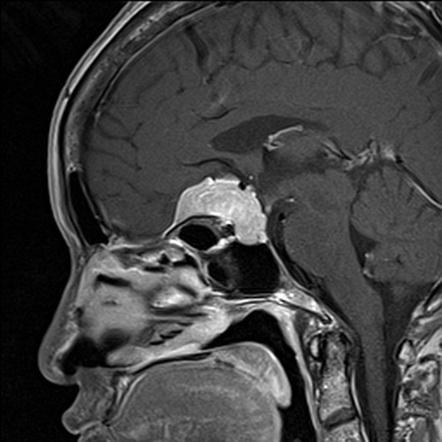Operations Performed:
Tumour Surgery
Newer less invasive techniques have been developed to address sinus and some intracranial (brain) tumours entirely through the nose (endoscopically).
Skull Base Surgery
This is usually done by a neurosurgeon in conjunction with an ENT/Skull base surgeon.
Indications for Skull Base Surgery
- Nasal Tumours
- Intra-cranial Tumours
- Large CSF leaks

What to expect with the procedure
This procedure is performed under general anaesthesia in hospital.
Patients are typically admitted the night before for up to date scans and blood tests.
The ENT surgeon is responsible for removing any nasal portion of the tumour and if indicated creates surgical access for the neurosurgeon to remove the intracranial component of the tumour.
After the tumour is resected the ENT surgeon reconstructs the bony defect with either local tissue from the nose or with thigh fat/muscle depending on the size of the tumour and whether there was a leakage of cerebrospinal fluid during the procedure.
The entire procedure can take anywhere between 2-12 hours depending on the size of the tumour and its extension into surrounding structures. Packing material may be inserted to support the repair at the conclusion of the procedure. If the skull base defect is large, a lumbar drain may be inserted and left in place for a few days.
After a short period in recovery, patients are typically transferred to the high dependency or intensive care unit for close monitoring for the first 24-48 hours. After this time they are sent to a general ward where they will slowly mobilize and recover over the next week. Most patients should be able to go home after 7-10 days.
As this is large surgery, most patients will take 4-6 weeks to recover. We don’t recommend driving during this time. Patients usually feel congested for 1-2 weeks after surgery but may also feel fatigued or have headaches for the first 3 months. Adequate an analgesia is provided
I will usually review you 2 weeks after the procedure and again at 6 and 12 weeks depending on the need.